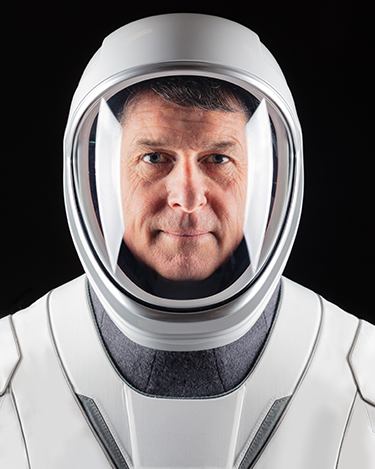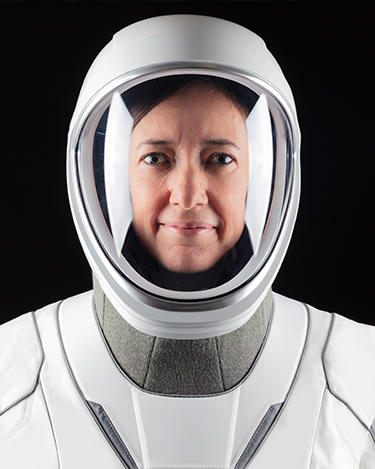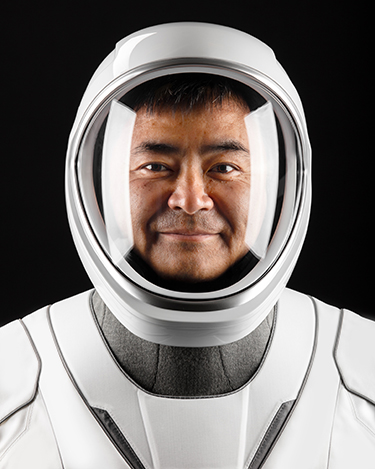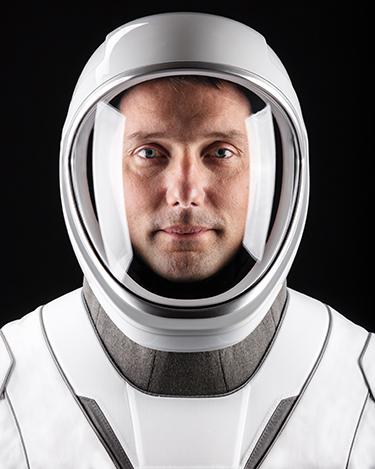On Saturday, April 24 at 5:08 a.m. EDT, 9:08 UTC, SpaceX’s Dragon autonomously docked with the International Space Station (ISS) after Falcon 9 launched the spacecraft to orbit from historic Launch Complex 39A (LC-39A) at NASA’s Kennedy Space Center in Florida on Friday, April 23 at 5:49 a.m. EDT, 9:49 UTC.
This is the first human spaceflight mission to fly astronauts on a flight-proven Falcon 9 and Dragon. The Falcon 9 first stage supporting this mission previously launched the Crew-1 mission in November 2020, and the Dragon spacecraft previously flew Robert Behnken and Douglas Hurley to and from the International Space Station during SpaceX’s Demo-2 mission in 2020.
As part of the Commercial Crew Program, NASA astronauts Shane Kimbrough and Megan McArthur, Japanese Aerospace Exploration Agency (JAXA) astronaut Akihiko Hoshide, and European Space Agency (ESA) astronaut Thomas Pesquet flew aboard the Dragon spacecraft on its second operational mission to the space station. This was the first time Dragon flew two international partners and also the first time two Crew Dragons are attached simultaneously to the orbiting laboratory.
After an approximate six-month stay, Dragon and the Crew-2 astronauts will depart from the space station no earlier than October 31 for return to Earth and splashdown in the Atlantic Ocean off the coast of Florida.
You can rewatch the entire Crew-2 flight to the International Space Station here or above.
The Astronauts
Mission
To The space station
On its flight to the International Space Station, Dragon executed a series of burns that positioned the vehicle progressively closer to the station before it performed final docking maneuvers, followed by pressurization of the vestibule, hatch opening, and crew ingress.
Falcon 9’s first stage lofts Dragon to orbit. Falcon 9’s first and second stage separate. Second stage accelerates Dragon to orbital velocity.
Dragon separates from Falcon 9’s second stage and performs initial orbit activation and checkouts of propulsion, life support, and thermal control systems.
Dragon performs delta-velocity orbit raising maneuvers to catch up with the International Space Station.
Dragon establishes a communication link with the International Space Station and performs its final orbit raising delta-velocity burn.
Dragon establishes relative navigation to the International Space Station and arrives along the docking axis, initiating an autonomous approach.
Dragon performs final approach and docks with the International Space Station, followed by pressurization, hatch open, and crew ingress.




